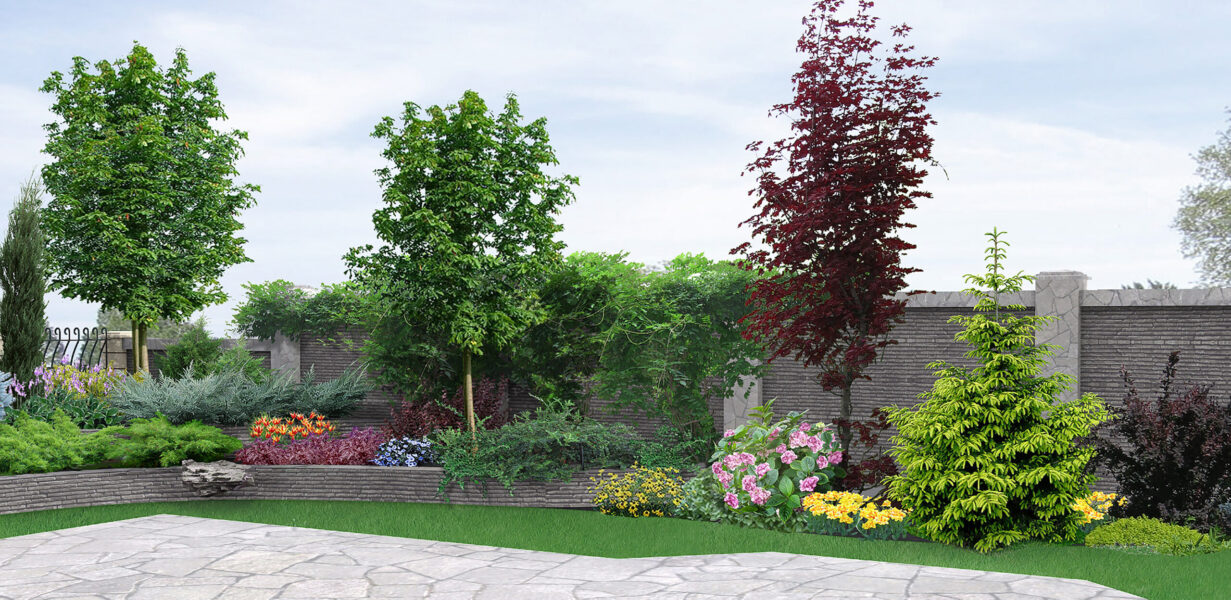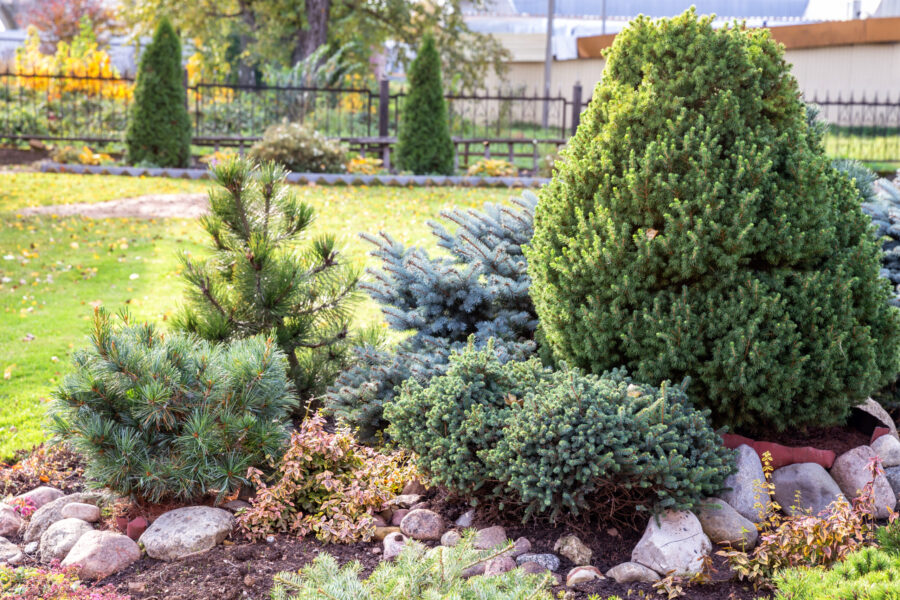All types of plants naturally adapt to the locations and surroundings since their formation. Each type of plant has different demands on soil quality and pH (Potential Hydrogen) value. This value is responsible for the uptake of nutrients by the plants. Depending on the pH value, plants absorb different nutrients. In other words, if the values are incorrect, the plant growth is considerably restricted. In addition, every plant has a different need for nutrients.
Even if the soil is adequately supplied with nutrients, the absorption of nutrients is hindered if the pH value is unfavorable. This leads to negative impairment of plant growth and even death. When it comes to soil quality requirements in your garden, every type of plant is different.
1. Acidic Soil
With a pH value below 6.5, the soil is classified as acidic. Some plant species require acidic soil like rhododendron and berry plants. They love a value of 4.5 to 5. If the pH is too acidic, this reduces the activity of microorganisms, which leads to a poorly developed root structure. At the same time, the heavy metals in the soil are more easily absorbed by the plants, which can then lead to plant damage. To fix soil that’s too acidic, add lime. Spread it over the area and pour in plenty of water. Of course, working the lime directly into the dirt is possible, too.
2. Neutral Soil
The pH value 6.5 to 7.5 is considered neutral, and a pH value of 7 is in the middle of the scale. Here there is a balance of acid and alkaline in the soil. The acids and bases are present in equal quantities and neutralize each other. Many plants prefer a slightly acidic to slightly alkaline value.
3. Alkaline Soil
Soil with a pH above 7.5 is classified as alkaline. Alkaline means it is very rich in calcium. Consequently, there are only a small number of plants that can tolerate this value. Only a few plants grow in soil with a pH value above 9. As a result, when the pH value in the soil is too high, there is a reduction in the nutrient activity of phosphate and other trace elements. At the same time, the soil life is stimulated, which usually leads to soil degeneration. To reduce this, work various substances into the soil. Compost or peat is very suitable here. Spread peat or compost over the desired area or mix it into the soil.
4. Macronutrients
Macronutrients in plant nutrition are those chemical elements that are required in larger quantities for plant growth. In addition to carbon, hydrogen, and oxygen, which are primarily obtained from water or carbon dioxide, the macronutrients include nitrogen, sulfur, phosphorus, potassium, calcium, magnesium, and silicon.
5. Micronutrients
Micronutrients are essential minerals for organisms, the concentrations of which in plant tissue are in the range of millionths of a gram. For plants, these are iron, manganese, zinc, copper, and molybdenum, as well as the non-metals chlorine and boron. With regular organic fertilization, most of the micronutrients are available in sufficient quantities. However, for maximum yields, the need for micronutrients increases and with it the importance of these nutrients in fertilization.
6. Light Sandy Soils
First, beginner gardeners must pay attention and identify types of soil. Sandy soils are light, fine-grained, not very fertile, and provide poor water retention. As a result, the very loose structure can’t store nutrients or water. For that reason, sandy soil isn’t suitable for a lush flower garden or verdant landscaping. However, sandy soil is perfect for a rock garden, herb garden, or plants that like to stay dry. In other words, plants that aren’t used to these conditions either die of thirst or starve.
7. Loamy Soils
Loamy soils consist of roughly equal proportions of sand, silt, and clay, with good water retention (without the risk of waterlogging) and nutrient storage. Loam can be clay, sandy, or rich in silt, and this mixture is the most desirable for Indiana gardening and landscaping.
8. Clay Soils
Heavy clay soils can’t be improved in the same way as loamy or sandy soils. Clay soil is heavier and more impermeable to water. It’s also tightly compacted and poses an acute risk of waterlogging. This is critical for sensitive roots, as this type of soil is difficult to warm up. So, in the spring, heavy soil stays cold for a long time, meaning that plant growth begins relatively late. As soon as clay soil is no longer too wet, it can be dug up or planted. On the other hand, if the water content is too low, cracks form quickly, and the hard earth is difficult to work with.
9. Native Plants
In botany, we speak of “native” when talking about plants that occur naturally in an area without human intervention, also called indigenous plants. Native plant species are plants that develop spontaneously and independently in a region and spread there completely.
10. Invasive Plants
With the increased global exchange of goods, plants are brought over long distances to areas in which they were not originally native. These plants are considered invasive. Invasive plants compete with native species for habitat and resources. Consequently, this displaces other plants or entire plant communities. Likewise, invasive plants can also change soil conditions and thus ecological cycles.
If you’re new to gardening or simply want an expert opinion on your landscaping needs, call Aisling View at 317-636-9408 today for a free estimate.
Are you on Facebook? We are, too. Let’s be friends!







Recent Comments